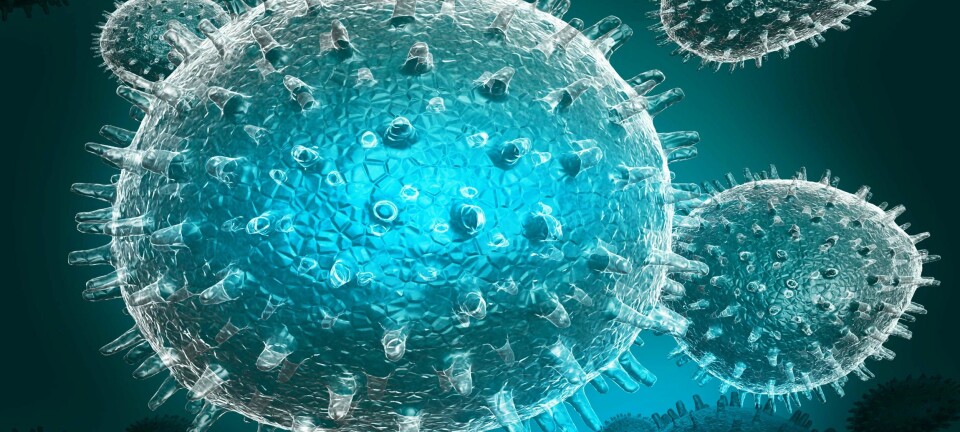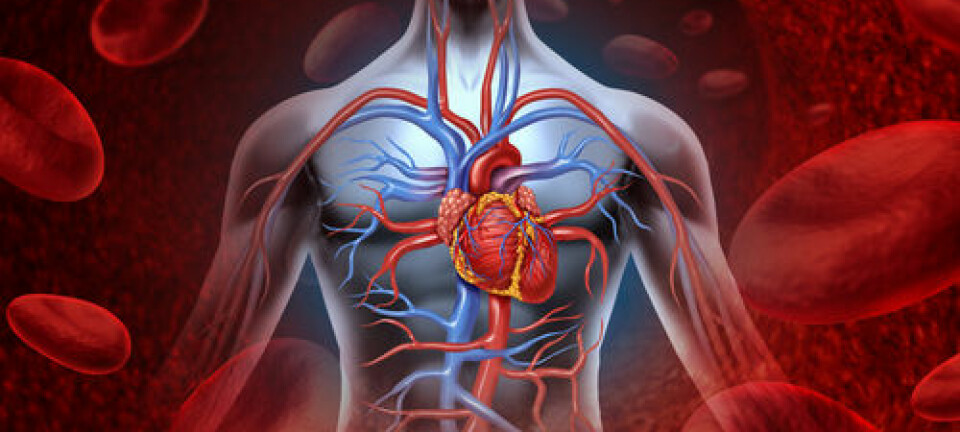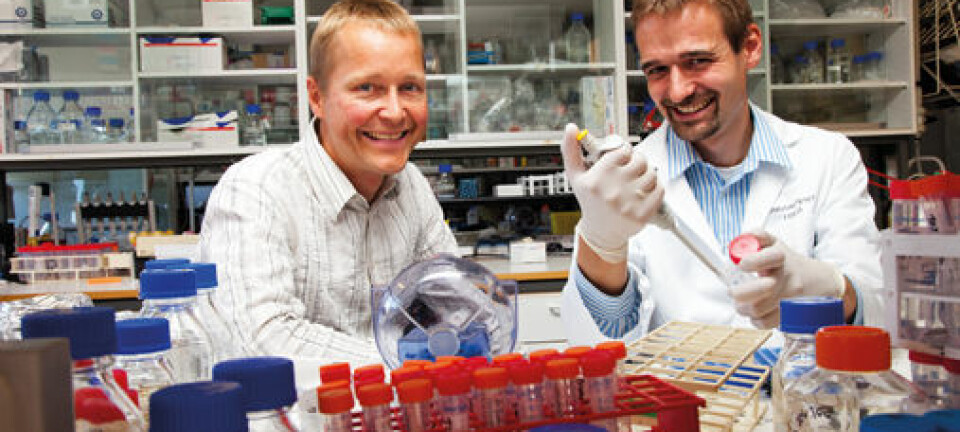
Mechanism behind cancer cell growth discovered
Scientists have discovered a mechanism in cancer cells that may explain why these cells grow so rapidly.
Cancer cells grow faster than the body’s own healthy cells. This is one of the reasons why the disease is able to spread so quickly around the body once it has gained a foothold.
Now scientists at the University of Copenhagen have identified a mechanism that helps explain why cancer cells grow so rapidly.
The mechanism is caused by a faulty placement of essential enzymes in the cancer cells, which causes changes in the proteins on the surface of the cancer cells. This mechanism plays a part in the growth of the cancer cells.
Although the new findings are still at a basic research level, one of the researchers behind the study believes that the mechanism may become a possible target in the fight against cancer:
We have identified a possible mechanism behind the shortened sugar molecules. We also discovered that when we made changes to the mechanism, we reduced the rapid growth of the cancer cells.
“This places us in a good position in the fight against cancer. The moment you realise that a process plays an important part in the development of cancer, you can start to consider how you can influence the process so that the cancer cells cannot make use of it,” explains Professor Henrik Clausen, who heads the Copenhagen Center for Glycomics at the University of Copenhagen.
The study is published in the journal PNAS.
Sugar boosts cancer growth
The researchers studied a special property of cancer cells that distinguishes them from healthy cells.
All cells have proteins on their surfaces, which are coated with sugar molecules known as O-glycans. These surface proteins act as the cells’ sensor.
The repositioning of the enzymes from their original location in the Golgi apparatus to the endoplasmic reticulum somehow plays a role in cancer cell growth.
In healthy cells the sugar molecules form long and complex chains, whereas in cancer cells these chains are short and simple.
Scientists have known about this since the 1980s, and many attempts have since been made to use this special property in cancer cells to come up with ways of identifying cancer in the body.
The new study, carried out in collaboration with researchers from Singapore, reveals that the short sugar chains are not only a special characteristic of cancer cells; they are also involved in the rapid growth of the cancer cells.
The researchers also found how the cancer cells produce these short sugar chains:
The newly-discovered mechanism is one of the possible explanations of why the sugar chains in cancer cells have the short structure and what this means for the growth of the cancer cells.
“We have identified a possible mechanism behind the shortened sugar molecules,” says co-author Carharina Steentoft, a PhD student at the Copenhagen Center for Glycomics.
“We also discovered that when we made changes to the mechanism, we reduced the rapid growth of the cancer cells.”
Understanding the mechanism
Here's how the mechanism works:
- All cells contain enzymes that are involved in the formation of sugar molecules on the cell’s surface proteins. This process is known as glycosylation.
- In healthy cells, the enzymes are located in the part of the cell that’s known as the Golgi apparatus, which is a type of membrane system inside the cell. In cancer cells, however, the enzymes are located in another membrane system called the endoplasmic reticulum.
- When proteins are formed inside the cells, they pass through both of these membrane systems, where the enzymes attach sugar chains to the proteins before they are transported out to the cell’s surface.
There are, however, differences in how the enzymes attach sugar molecules to the proteins in the two membrane systems:
“The difference between glycosylation in cancer cells and in healthy cells is that the enzymes are located in different parts of the cell,” says Steentoft.
“This means that healthy cells have long, complex sugar chains attached to their surface proteins, while cancer cells get short and simple ones attached to their surface proteins.”
Why cancer cells grow so fast
In the study, the researchers tested the mechanism and its effect on mice.
Having injected cancer cells into the mice, they observed that the mice that had been given cancer cells in which the enzymes in the endoplasmic reticulum were put out of action survived longer and had smaller and fewer tumours.
“This means that the repositioning of the enzymes from their original location in the Golgi apparatus to the endoplasmic reticulum somehow plays a role in cancer cell growth,” says Steentoft.
Study increases our understanding of cancer
The new findings provide the researchers with an insight into one of the characteristics of cancer cells that makes the disease so difficult to control.
The research is still at a very early basic research level, and Steentoft is reluctant to say when the new findings will be used in the fight against cancer, or whether the mechanism will even become a target for cancer treatment.
”Our findings increase our understanding of cancer. The newly-discovered mechanism is one of the possible explanations of why the sugar chains in cancer cells have the short structure and what this means for the growth of the cancer cells,” she says.
”But I would also like to point out that we’re still very far from finding a cure.”
-----------------------
Read the Danish version of this article at videnskab.dk










